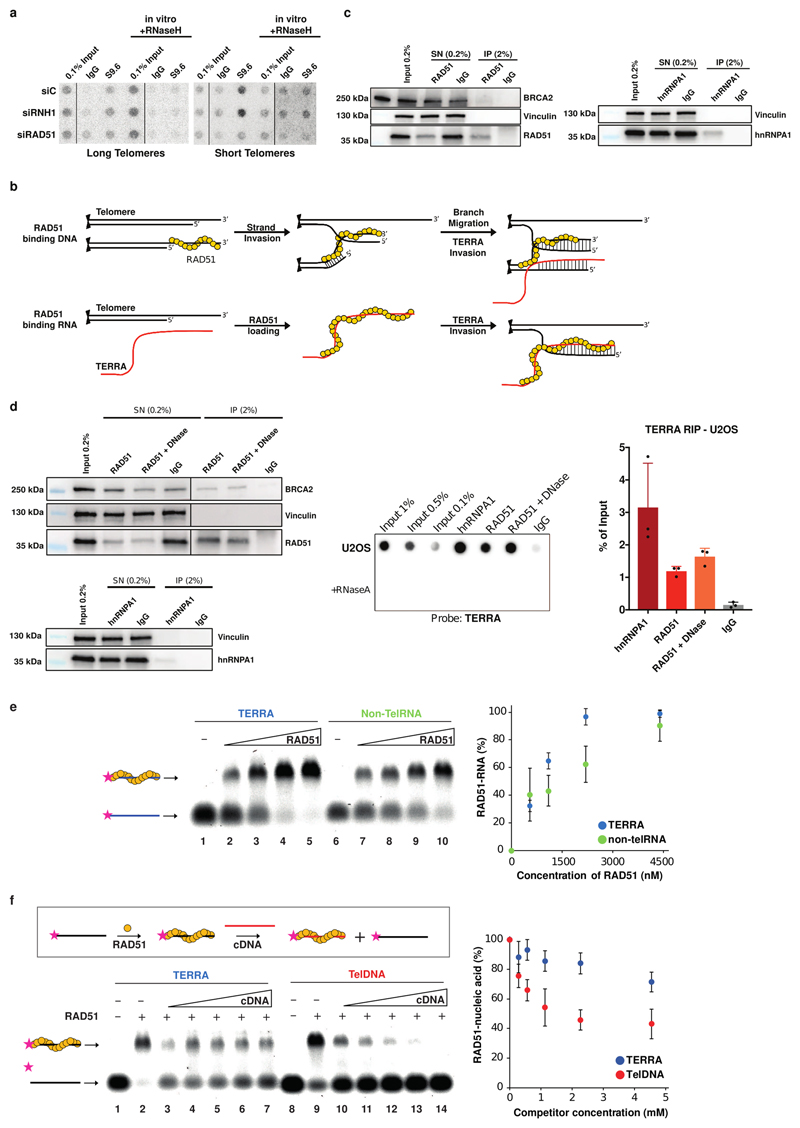Extended Data Figure 7. RAD51 binds TERRA and promotes R-loop formation.
a, Detection of endogenous telomeric R-loops on dot-blots as in Fig. 2a. Cells were transfected with siCONTROL (siC), siRNH1 and siRAD51. b, Western blot analysis of RAD51 and hnRNPA1 upon native RNA-IP (see Fig. 3a for RNA analysis). c, Possible models for the roles of RAD51 in mediating TERRA-telomere associations. Upper row: RAD51 binds telomeric ssDNA inducing strand invasion of another telomere. TERRA hybridizes to the displaced strand upon branch migration. Lower row: RAD51 binds TERRA directly and initiates homology search and strand invasion of TERRA at a telomere. d, Native RNA-IP performed in U2OS cell extracts demonstrating association of TERRA with RAD51 and hnRNPA1. n=3 biologically independent experiments, data are mean ± s.d. e, Affinity of RAD51 for TERRA and non-telomeric RNA oligonucleotides. Quantification is shown on the right. n=3 independent experiments, data are mean ± s.d. f, Schematic representation of EMSA-competition assay (upper). Pre-formed RAD51-nucleic acid complex with 20 nM TERRA (lanes 2 – 7) or TelDNA oligonucleotide (lanes 9 – 14) was challenged with increasing concentration of unlabelled competitor ssDNA (cDNA; 0.28, 0.56, 1.13, 2.27 and 4.54 μM). Quantification is shown on the right. n=3 independent experiments, data are mean ± s.d.

